The Twin Buttes Reservoir in San Angelo, Texas has hit yet another water low not seen in years. The lake has experienced increasingly low water levels, though this year has seen its capacity drop even further.
Currently, the lake is now only 13.5% full. Unfortunately, state officials don’t see this changing any time soon.
Lack of Rain in West Texas

There are many reasons why the Twin Buttes Reservoir has hit a new water low. First and foremost, this lack of water in the lake has to deal with the lack of rain West Texas has seen recently.
Though the U.S. doesn’t consider West Texas to be in a drought, the region has experienced incredibly dry seasons recently. This has contributed to low lake levels.
Different Situations Throughout Texas
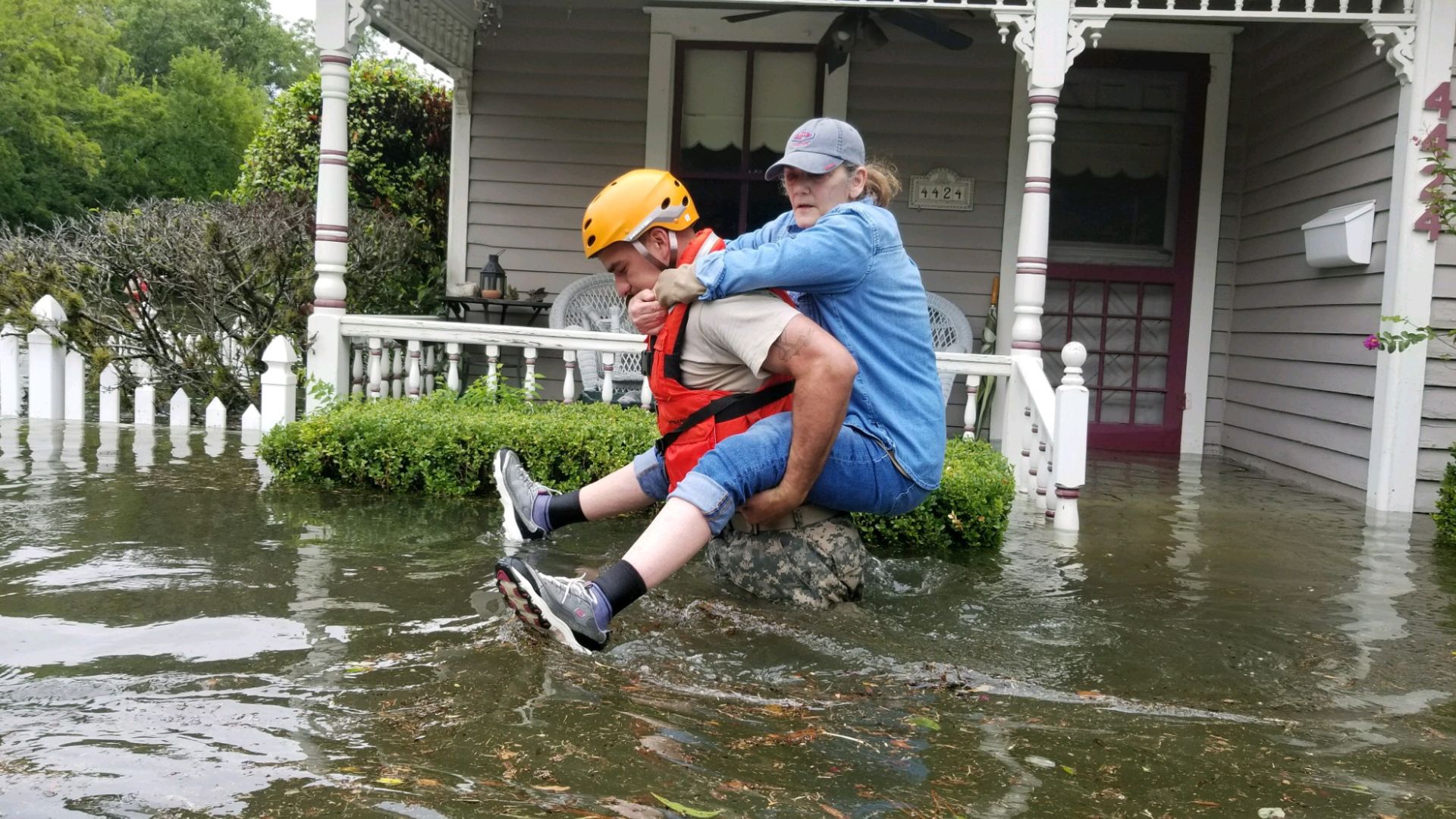
While West Texas hasn’t seen enough rainfall to naturally fill up its lakes, that can’t be said in other areas of the huge state.
Just these past few weeks, East Texas has seen incredibly heavy and strong storms that quickly led to dangerous flooding situations in Houston.
A 13.5% Capacity

Unfortunately, the San Angelo region didn’t get any of this rain in a beneficial way. As a result, the Twin Buttes Reservoir is now at a very low 13.5% capacity.
The lake is also at 1,906 feet above sea level. These lower levels have prompted state officials to claim that the lake’s water is the lowest it’s been in at least five years.
A Recent Decline
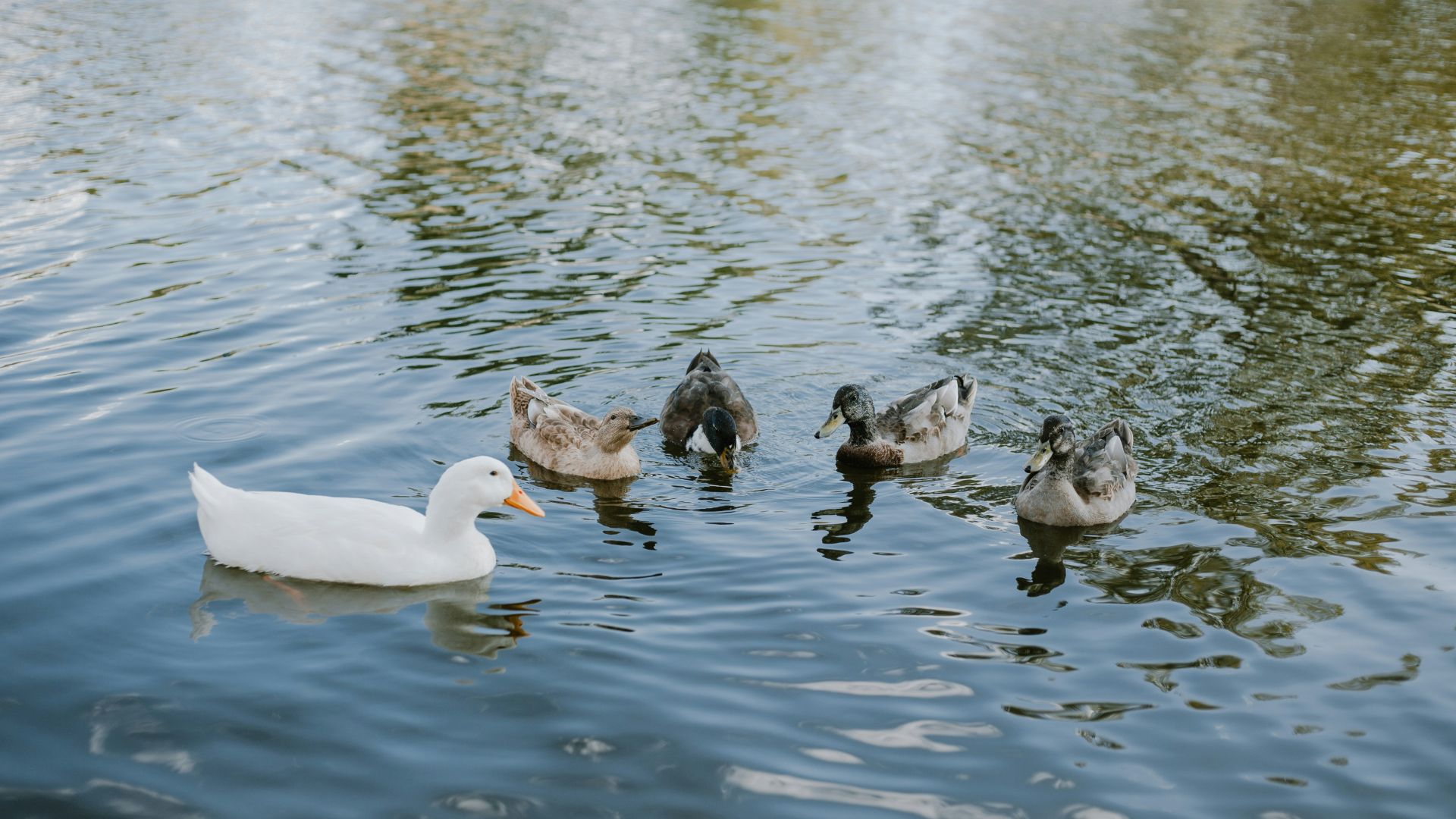
This year alone, the lake has seen a further decline in its water levels, something that has been happening for the last few years.
Since January 1, water levels have dropped about two feet. Twin Buttes’ water is now at least 30 feet below what was seen in 2019.
Historically Low Water Levels

However, this isn’t anything new for Twin Buttes Reservoir. Historically, the lake has always seemed to experience periods of incredibly low water levels.
Even when the lake was first created in 1963, it wasn’t immediately full. Not until 1971 did the lake even get past a 10% capacity!
Periods of Low Water Levels
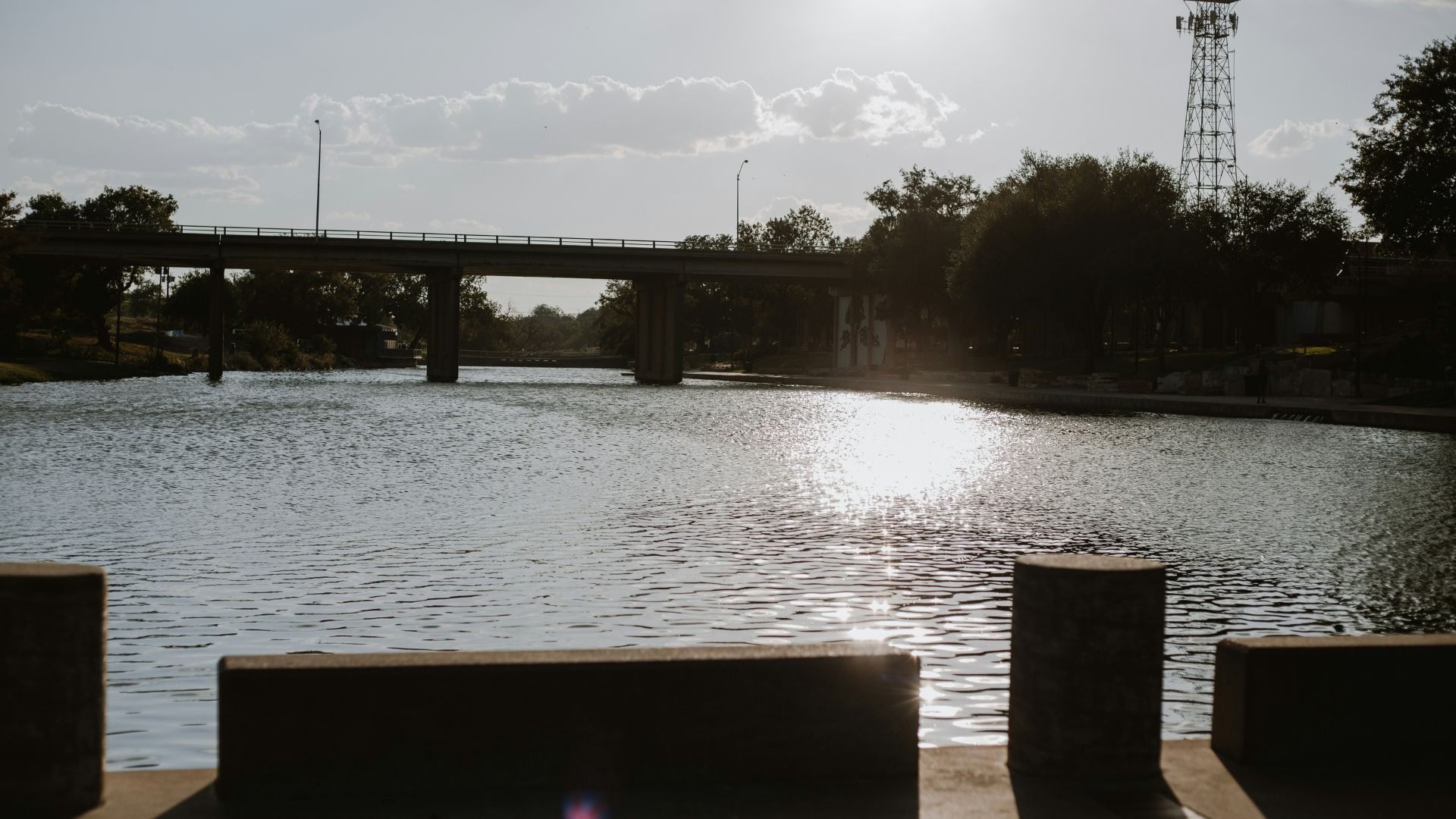
The Texas Parks and Wildlife Department has even explained on its website that the lake has gone through its fair share of ups and downs.
The department’s website said, “Throughout its history, the reservoir has experienced sharp water level rises of greater than 20 vertical feet on five different occasions (1971, 1974, 1986, 2004, and 2018). Conversely, the reservoir has also experienced extended periods of very low water levels; Twin Buttes was below 15% capacity from 1963 to 1974, 1999 to 2004 and again from 2011 to 2018.”
Twin Buttes Has Only Reached Full Capacity Once

Even more interesting, data has shown that Twin Buttes has possibly only seen full capacity once since its creation.
“From 1974 to 1977 Twin Buttes was at or near full pool, after which it never reached full pool again,” the website said.
Ongoing Dry Seasons
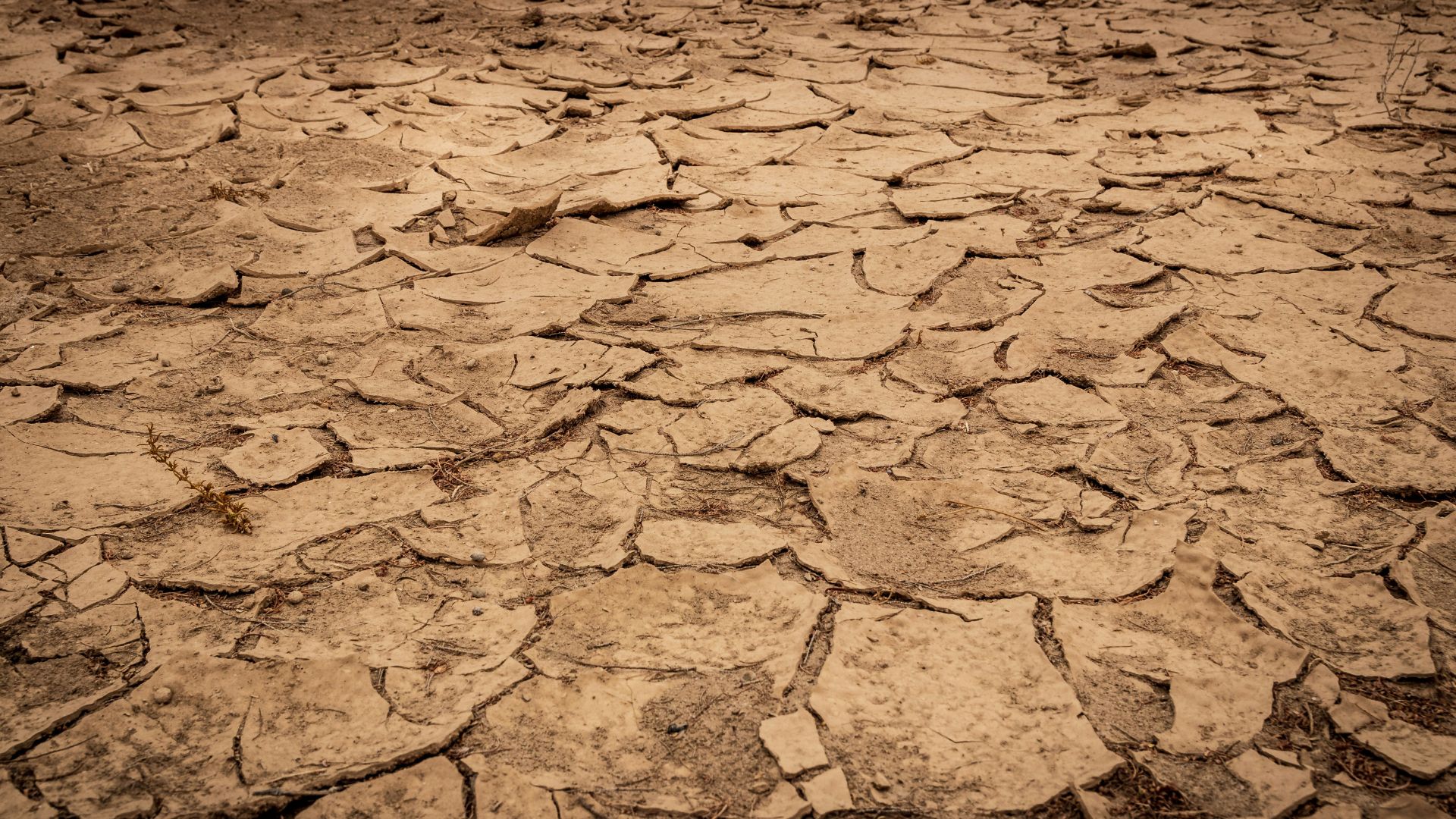
Though the U.S. Drought Monitor map doesn’t consider Tom Green County to be in a drought, the San Angelo region is going through one dry season after another. State officials, however, are blaming drought conditions.
“The lower levels are due to the drought and lack of any appreciable runoff,” Shane Kelton, the San Angelo Public Works Director, explained.
Texas Reservoirs Fill Up

While Twin Buttes Reservoir may be at a low, other reservoirs throughout Texas are thriving. Reservoirs in East Texas have filled up in just the last month, thanks to heavy rainfall.
Some lakes that had been severely impacted by last year’s drought have already seen great water level rises. For example, Lake Buchanan has had its waters rise by at least 11 feet this month.
Other Reservoir Issues
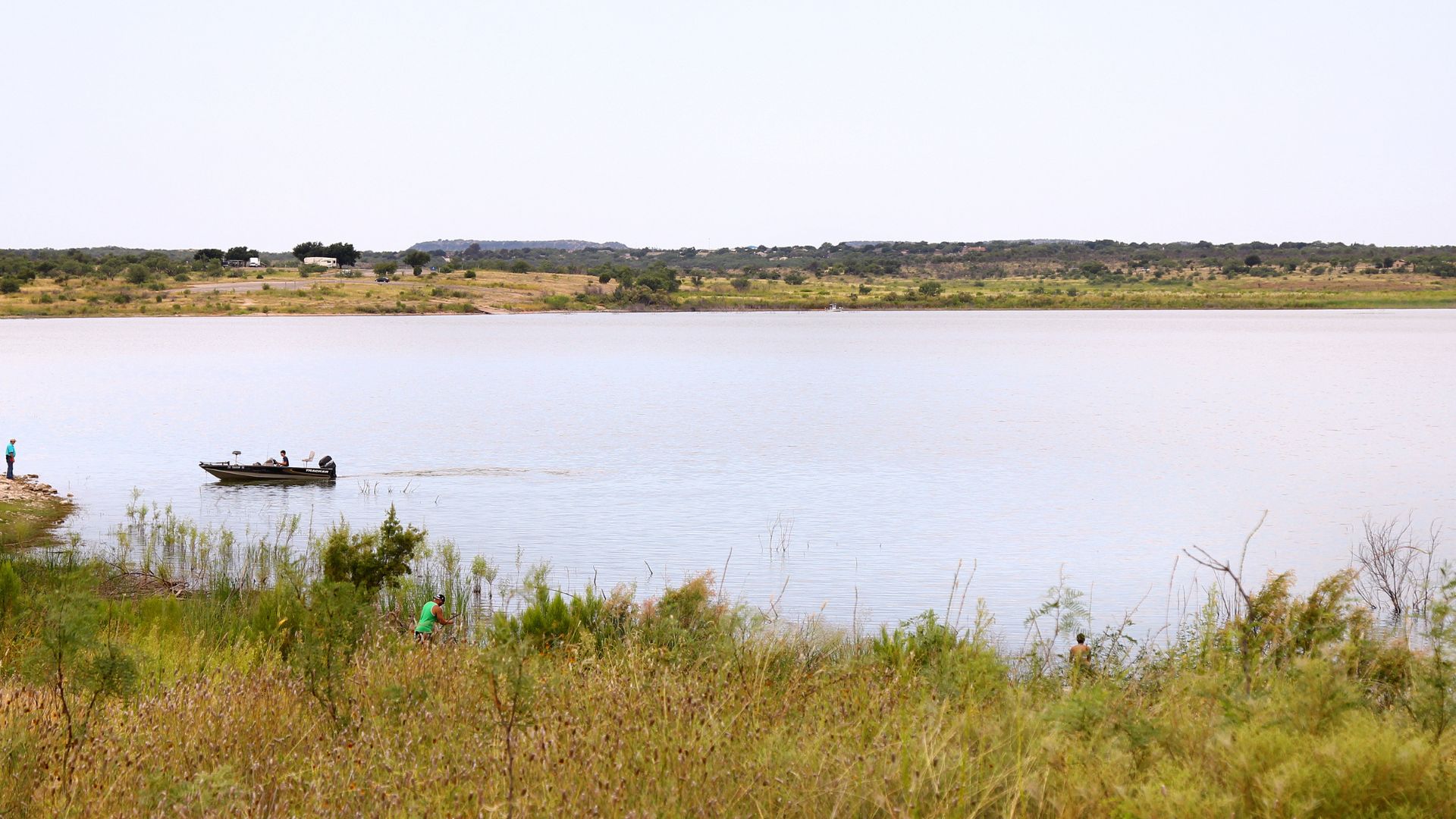
However, Twin Buttes isn’t alone in its struggles. While Lake Buchanan may be filling up quickly once again, and while East Texas lakes may be thriving, reservoirs in North Texas, Central Texas, and South Texas are also incredibly low.
Some of these reservoirs are even lower than Twin Buttes. The Palo Duro Reservoir, located in North Texas, is only 2.9% full. Meanwhile, Fisher Lake in Central Texas is only at 1.5% capacity.
Will Twin Buttes Improve?

It doesn’t look like Twin Buttes will improve and gain water to fill up anytime soon, according to Kelton.
Kelton explained, “Based on future weather predictions, it does not appear that water levels will improve this year unless we see some tropical weather move into our area this fall. City staff is concerned from an overall drinking water supply standpoint, as Twin Buttes is a part of our overall municipal water supply.”
Impact on Local Agriculture
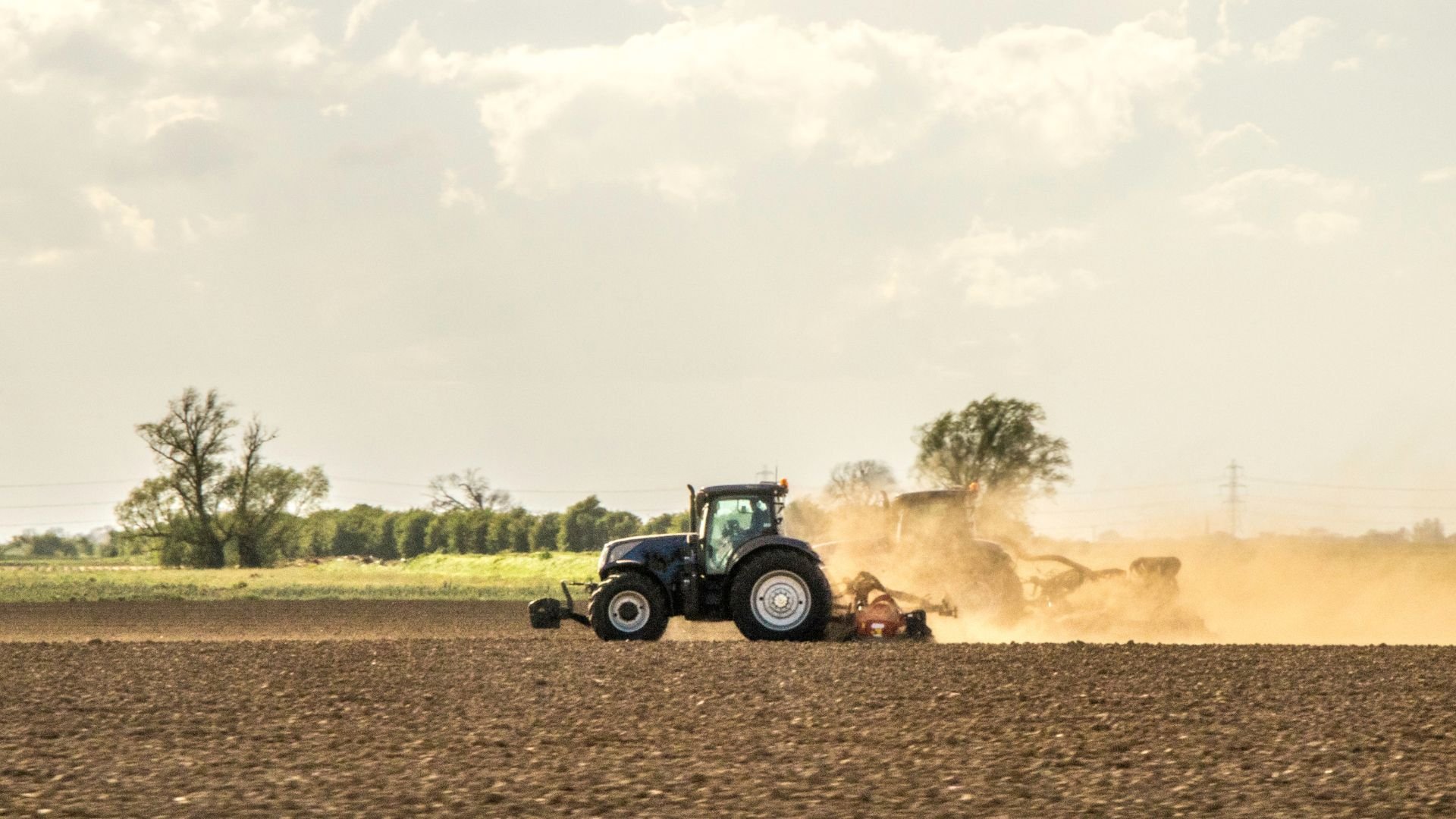
Local farmers face severe challenges due to Twin Buttes Reservoir’s low water levels. Irrigation has become a critical issue, forcing many to adopt water-saving techniques.
Reduced water availability threatens crop yields, potentially leading to higher prices and economic strain. Ranchers will likely also struggle to provide sufficient water for livestock, exacerbating the situation.
Livestock Challenges
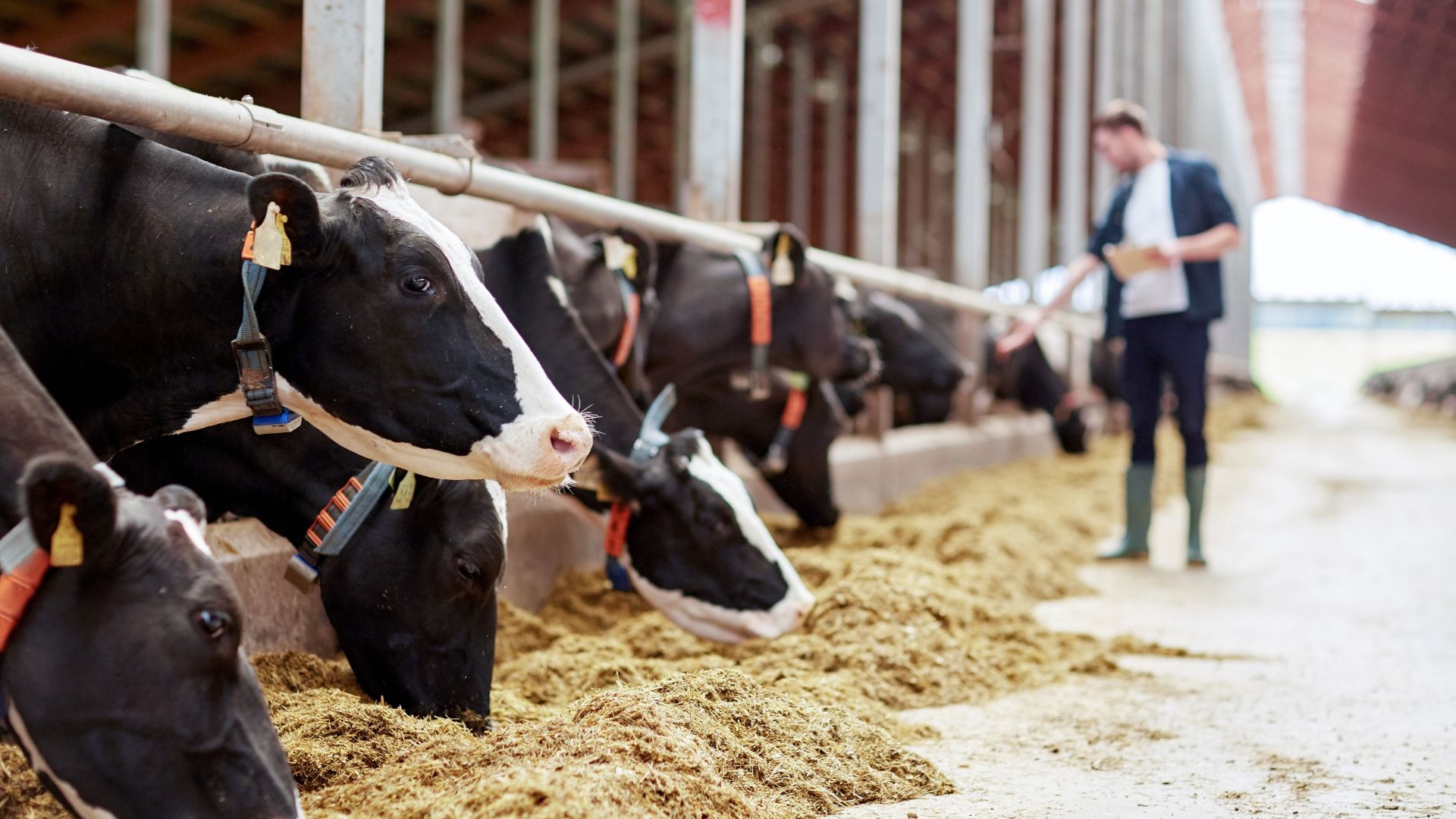
The water scarcity at Twin Buttes Reservoir could make it difficult for ranchers to maintain their herds.
Livestock requires substantial water daily, and the diminished supply may impact their health and productivity.
Environmental Impact
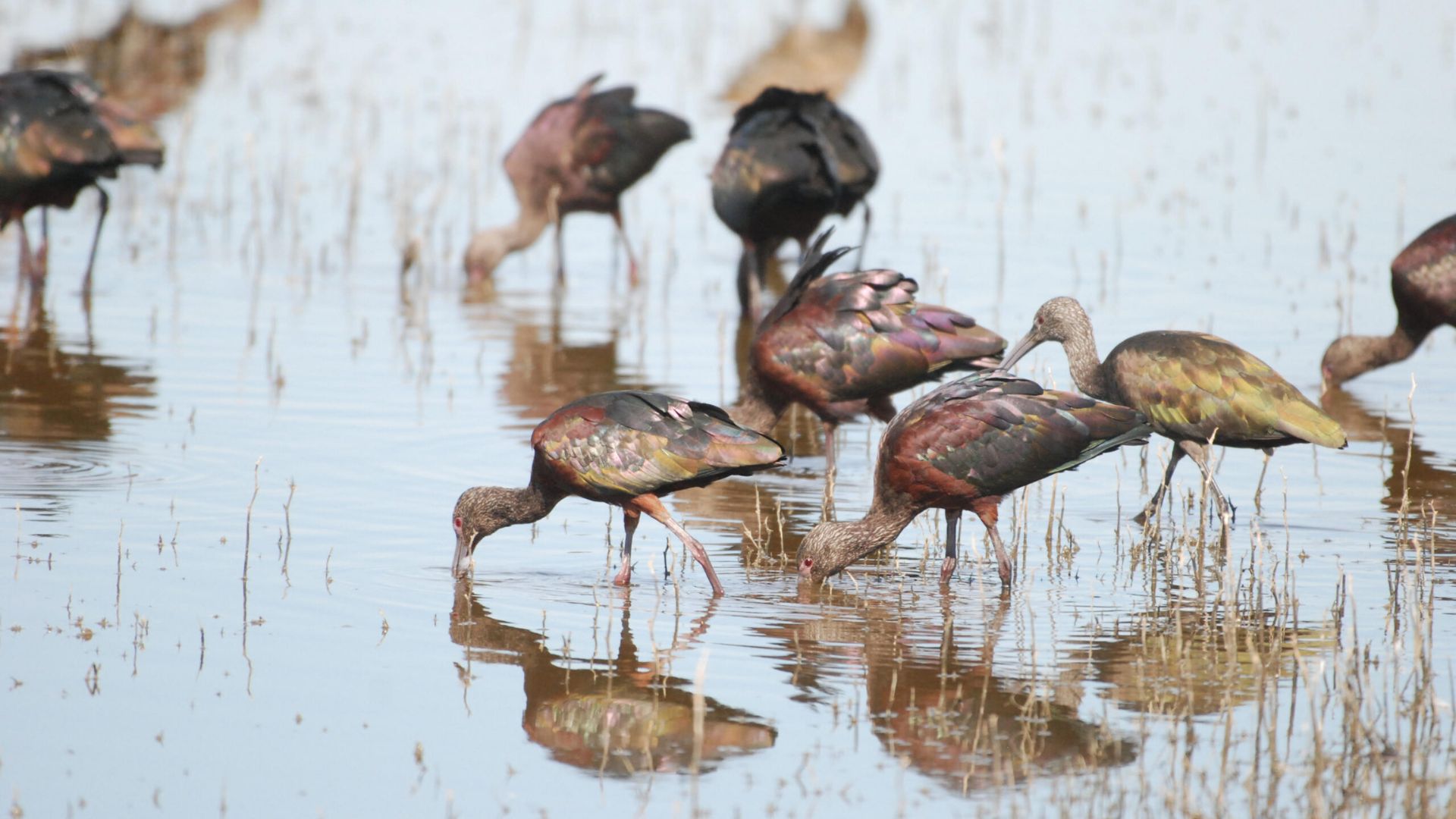
The reservoir’s low water levels could also have detrimental effects on local wildlife and vegetation. Lack of water can damage habitats and decrease the survival rates of aquatic species.
It may also lead to increased competition for resources among animals, resulting in further ecological disruption.
Wildlife at Risk

As such, the shrinking Twin Buttes Reservoir could lead to habitat loss for many species. For instance, fish populations suffer from lower oxygen levels and restricted space.
Birds, which depend on the reservoir for food and nesting, may need to end up migrating elsewhere, disrupting local biodiversity.
Technological Solutions
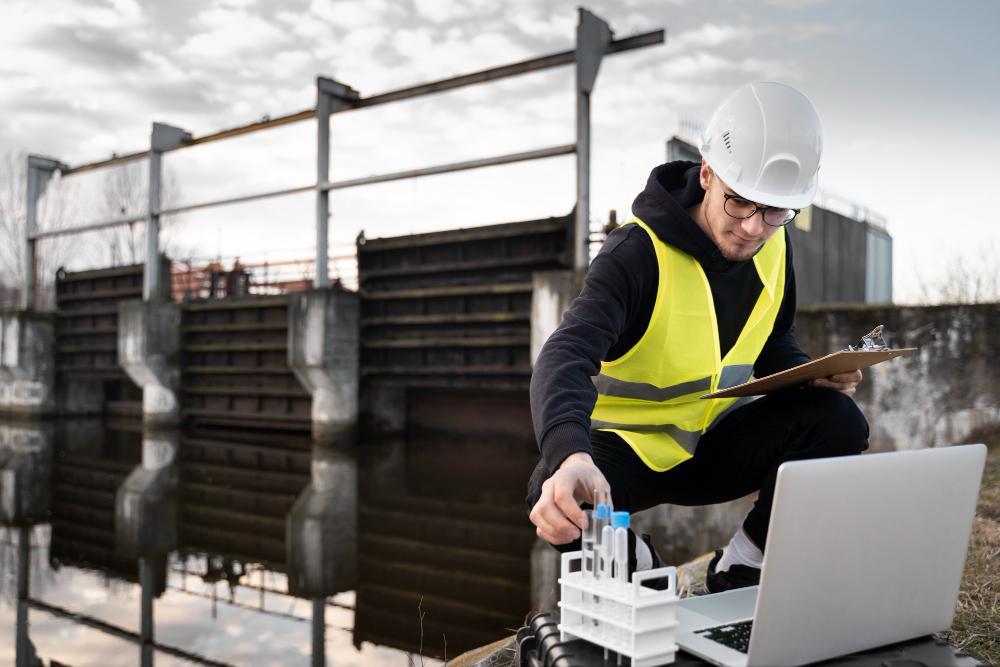
Implementing technological solutions could help mitigate the effects of low water levels at Twin Buttes Reservoir.
For example, using advanced irrigation techniques such as drip irrigation or precision agriculture can reduce water usage while maintaining crop yields.
Infrastructure Upgrades
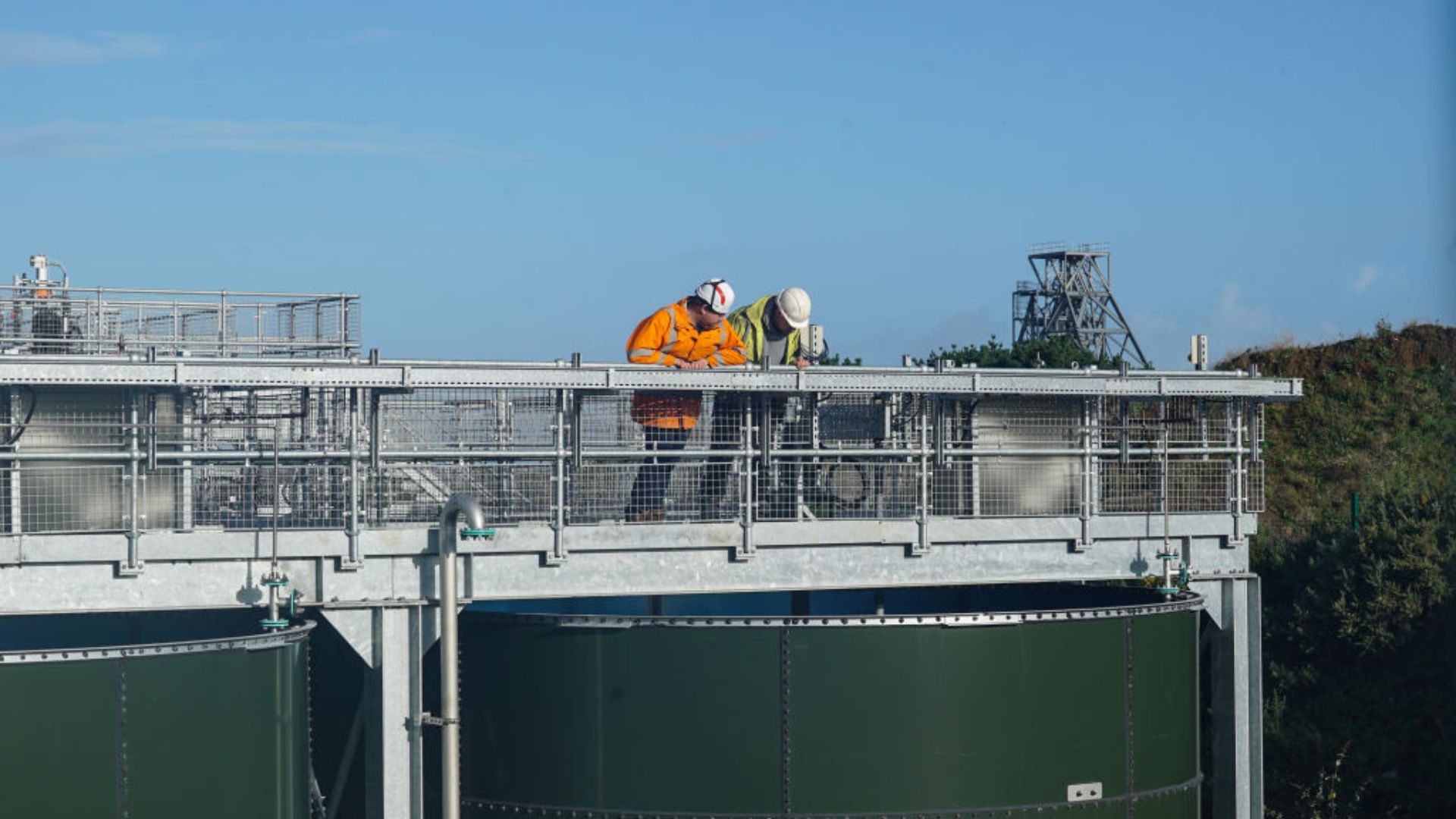
Efforts to combat the current (and future) water shortage could also include upgrading infrastructure.
This could involve increasing the reservoir’s capacity or implementing more efficient water management systems such as water recycling and rainwater harvesting.
Economic Impact on Tourism

Tourism in the San Angelo area could potentially suffer from the shrinking Twin Buttes Reservoir.
Outdoor activities such as fishing, boating, and other water sports may no longer be viable options for visitors, leading to a decline in revenue for local businesses.
Lessons from the Past

In 2022, the Biden-Harris administration released the Drought Resilience Interagency Working Group’s (IWG) Summary Report, detailing actions to enhance drought resilience in affected communities through financial and technical assistance.
The administration also revitalized the National Drought Resilience Partnership to leverage federal resources and innovative solutions for long-term water supply challenges.
Community Adaptation
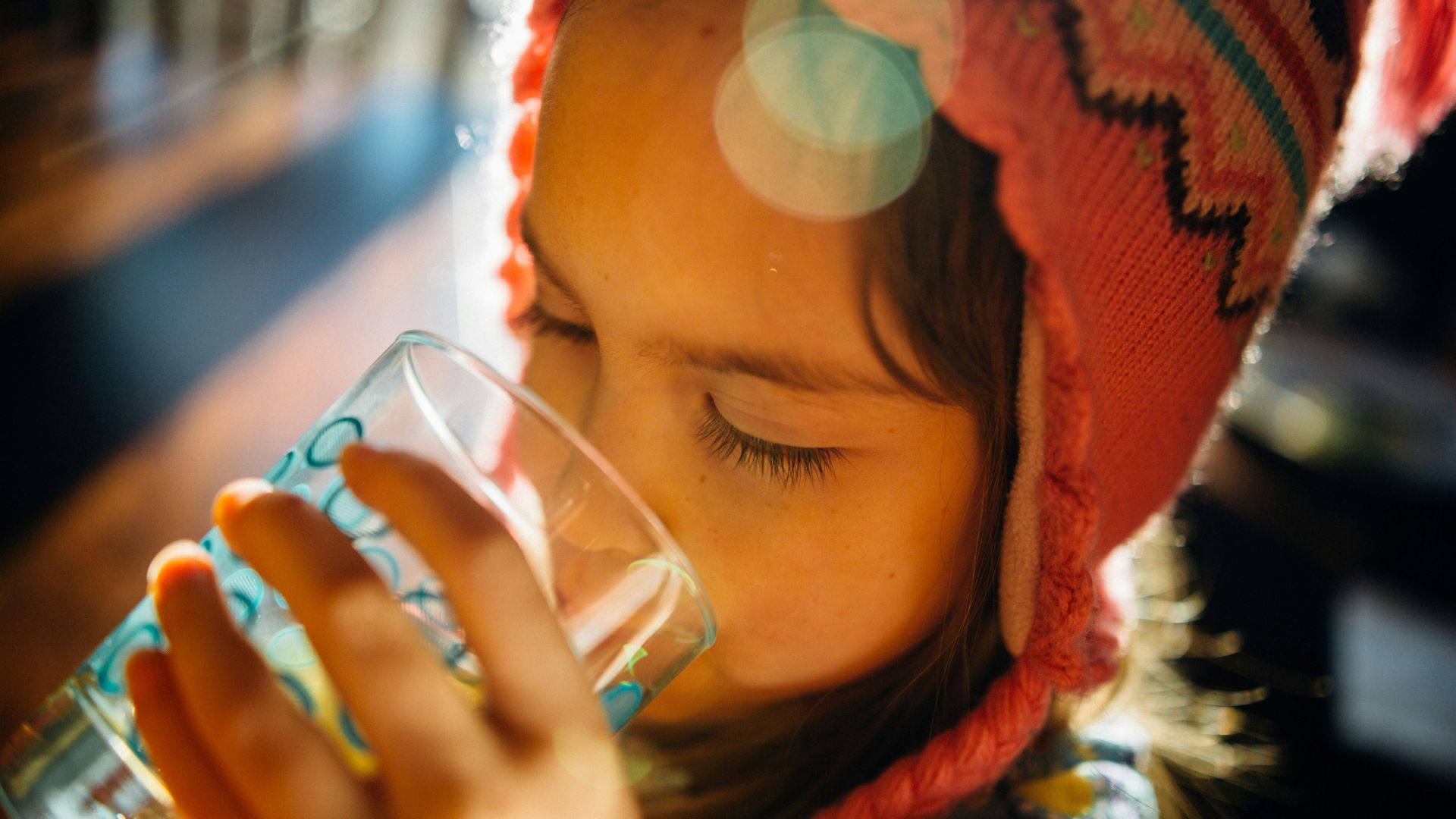
The impact of low water levels at Twin Buttes Reservoir extends beyond the agricultural sector and local businesses.
It also affects the surrounding communities’ access to clean drinking water, prompting residents to adapt by implementing water conservation measures in their homes and businesses.
Local Innovations
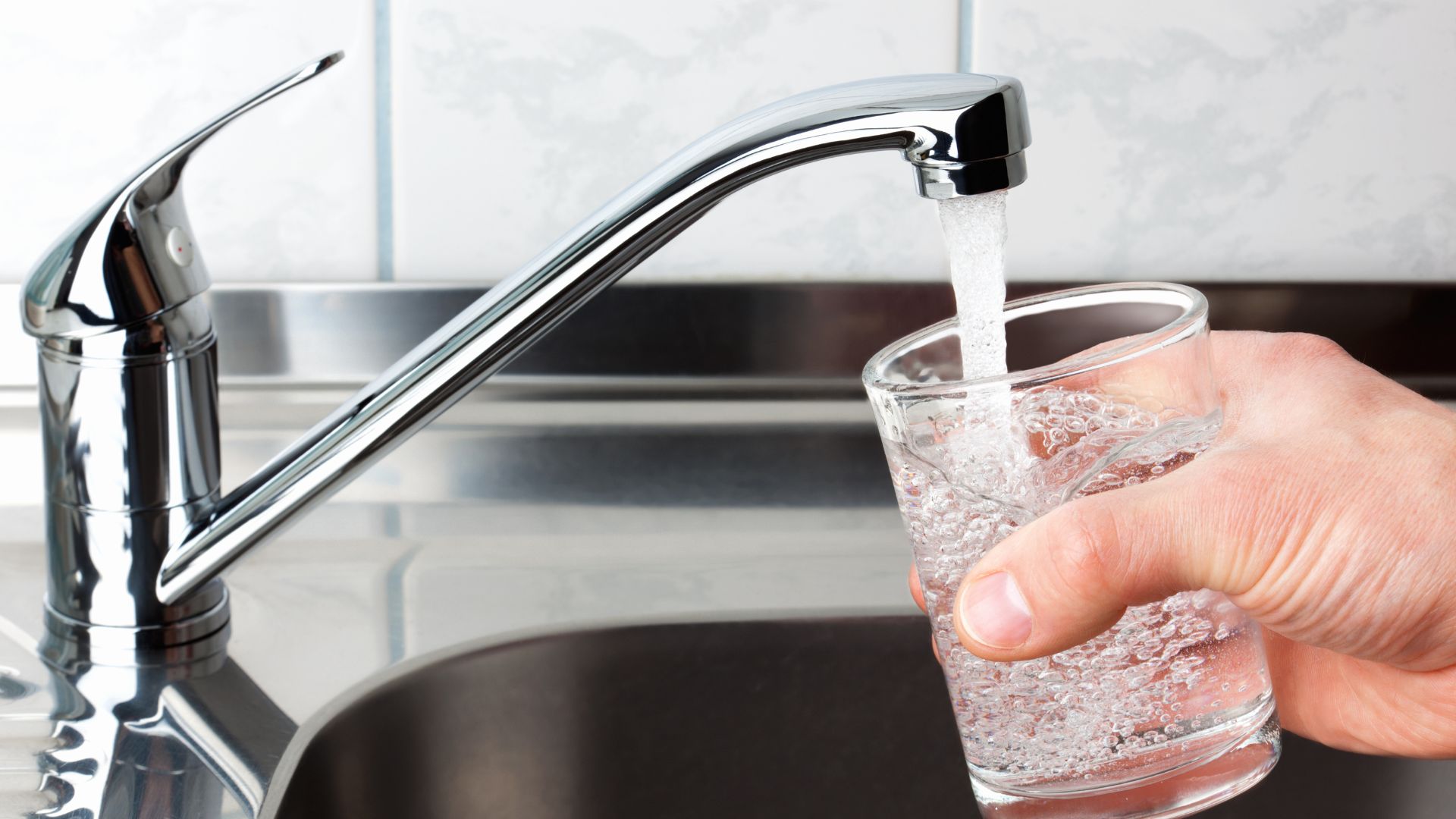
Local innovations play a crucial role in addressing water scarcity.
Installing rainwater harvesting systems and greywater recycling setups could be potential temporary solutions to supplement the water supply.
Climate Change Effects

Climate change is a significant factor in the recurring low water levels at Twin Buttes Reservoir. Increasing temperatures and altered precipitation patterns exacerbate drought conditions.
Long-term climate models predict continued water scarcity unless substantial mitigation and adaptation measures are taken.
Future Projections

Without intervention, water levels may continue to decline. Proactive measures, such as adopting more sustainable agricultural practices and investing in climate-resilient infrastructure, are essential.
Long-term projections highlight the need for immediate action to safeguard the region’s water resources and ensure a stable supply for future generations.








































